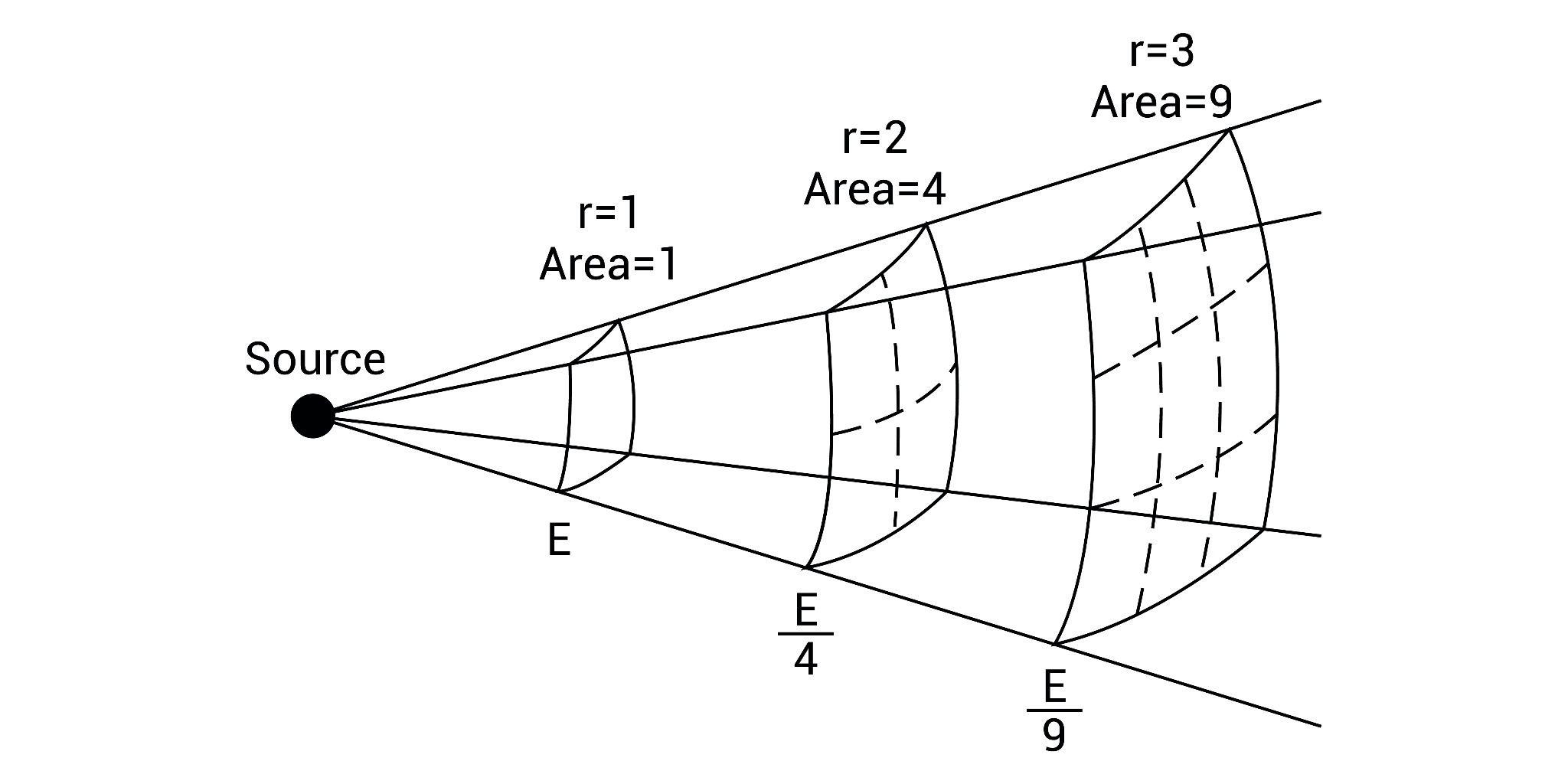What Is the Inverse Square Law in Sound Power Measurements? — The Fundamental Principle That Defines Anechoic Chamber Performance —
08/31/2025

MFAC / MSAC
Introduction: An Invisible Standard for Anechoic Chambers
When evaluating the performance of an anechoic chamber, attention is often focused on physical specifications like absorption coefficient or sound isolation.
However, according to international standards such as ISO 3745:2012, the true indicator of performance is whether the inverse square law is observed in the test environment.
What Is the Inverse Square Law?
The inverse square law states that sound intensity decreases in proportion to the square of the distance from the source:
- Doubling the distance from a point source results in a 6 dB drop in sound pressure level (SPL)
- This law only holds in a free-field environment with no reflections
- It is the fundamental criterion for assessing the free-field condition of an anechoic chamber
Application in ISO 3745
In ISO 3745:2012, compliance is based solely on measured adherence to the inverse square law.
Previous requirements—such as having an absorption coefficient ≥ 0.99—were removed.
Implications:
- Material type or shape of absorbers is no longer constrained
- As long as a consistent -6 dB decay is observed at the receiver positions, the chamber is considered valid
- This change allows for greater flexibility in design, including enhancements in comfort and cost-efficiency
Measurement Considerations
To properly verify the inverse square law, several conditions must be met:
- Use of a quasi-omnidirectional sound source (e.g., dodecahedron speaker)
- A space with minimal reflections, particularly from the floor and ceiling
- Multiple microphone positions to assess SPL decay at defined distances
- Careful attention to source/receiver alignment and surrounding equipment effects
Sonora’s Evaluation Method and Design Philosophy
At Sonora, we verify inverse square law compliance through the following procedure:
- Measure SPL at multiple receiver positions over specific frequency bands
- Confirm that the mean deviation is less than 1.5 dB from the theoretical -6 dB slope
- Apply this method across various chamber types (e.g., VSAC, MFAC)
- Design to achieve optimal free-field conditions with minimal absorber volume
- Provide standardized source/microphone layout diagrams to support ISO-compliant testing
Conclusion: It’s Not About Silence—It’s About Precision
An anechoic chamber is not simply a “quiet room.”
It is a space where sound decays in a predictable and idealized way, ensuring reliable and repeatable measurements.
By designing and validating based on the inverse square law, we build acoustic environments that balance comfort with measurement accuracy.